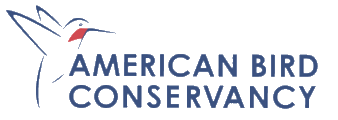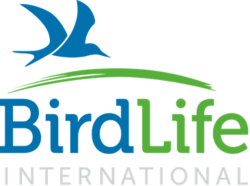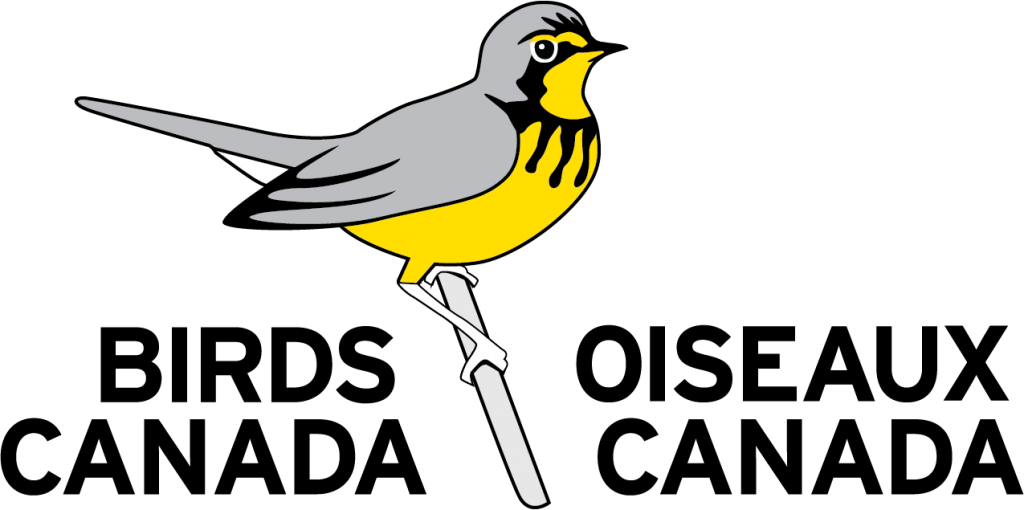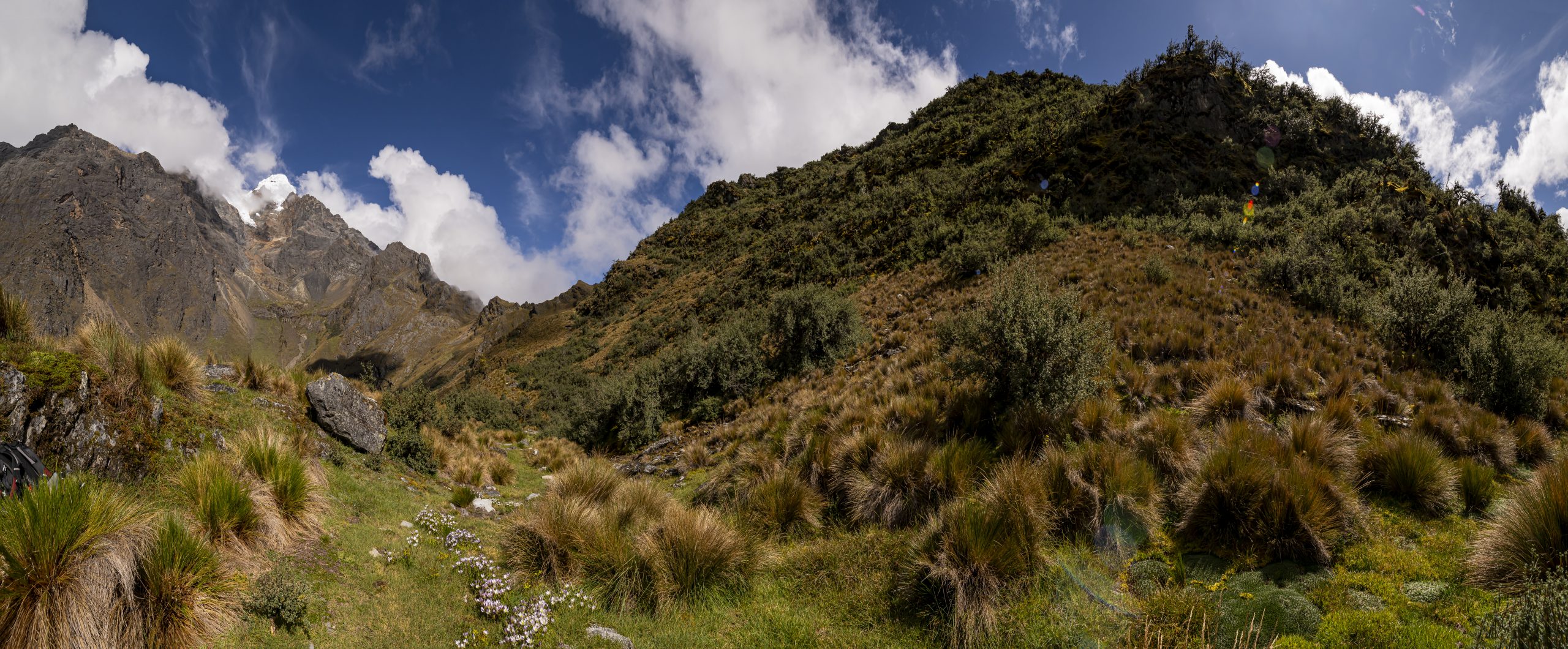International Collaboration and Conservation
At Birds Canada, we believe that halting & reversing biodiversity loss, when it comes to migratory birds, means full life-cycle conservation. It means working closely with organizations and communities in the United States, Latin America, and the Caribbean striving to achieve the same thing.
Birds connect us all. The health of migratory bird populations is a key shared indicator of biodiversity; North America has lost 3 billion birds since 1970, many of which migrate through and spend their winter in Latin America and the Caribbean.
Birds Canada is joining the Conserva Aves Initiative to support the creation and sustainable management of subnational protected areas. These areas are critical to safeguard threatened endemic and migratory birds and their habitats throughout Latin America and the Caribbean. The Conserva Aves initiative is led by the American Bird Conservancy, National Audubon Society, Birds Canada, BirdLife International, and the Latin American and Caribbean Network of Environmental Funds (RedLAC) to promote climate resilience and sustainable development.
By joining we are contributing to the objective of the creation and sustainable management of over 100 protected areas in Latin America and the Caribbean, encompassing over two million hectares of priority bird areas and biodiversity under long-term active restoration or protection. This will initially occur in twelve Latin American countries (Mexico, Belize, Guatemala, Honduras, El Salvador, Costa Rica, Panama, Colombia, Ecuador, Bolivia, Peru, and Chile) between 2022 and 2028.
Please visit the website to see the great work already underway.

Photo: BirdLife International, J. A. Soriano

Napo River, Ecuador Photo: Barend van Gemerden
Through this collaborative initiative, Birds Canada will work with partners to support locally led and gender-equitable change to benefit birds, biodiversity, and communities to achieve inclusive nature conservation. Finding solutions to biodiversity loss and climate change will support gender equality for women and girls, who are experiencing the greatest burden from reduced access to natural resources, and employment, as well as safeguarding the traditional livelihoods of Indigenous Peoples, and Afro-descendant groups in Latin America and Caribbean. Working to protect biodiversity while also addressing inequalities within communities results in stronger and more sustainable results for conservation.
Through this international partnership, we can support the Kunming-Montreal Global Biodiversity Framework targets to halt and reverse biodiversity loss to protect migratory birds, such as, Target 3, which aims to conserve 30% of land, waters, and seas, and Target 23, ensuring gender equality and a gender-responsive approach for Biodiversity Action.
Meet some of the amazing birds that will benefit from Conserva Aves.


Led by






